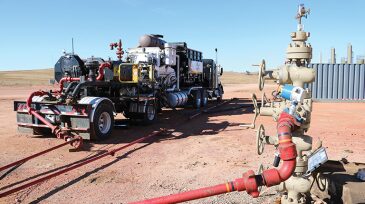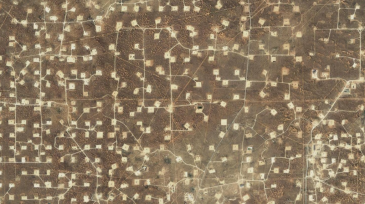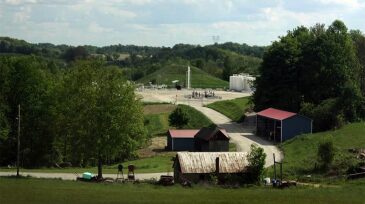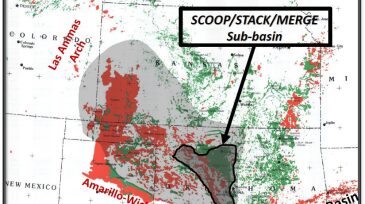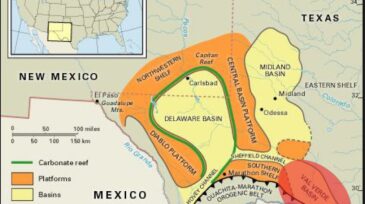unconventional resources
-
2018 has seen a wave of shale deals that are consolidating the landscape. While this one could be among the biggest, it is not yet final.
-
If the shale sector’s most complex problem can be solved, it will require companies to use their wells as a team. Newly detailed field work shows that a good defense is the key to success.
-
There is no single reason that they all exist—and bringing them all on line will face challenges.
-
When methane is found in water wells near an unconventional well, fingers point to facturing as the liklely suspect. But a study of wells in the Utica Shale named other sources.
-
The pressure pumping giant turns to algorithms to get better fractures and fewer problems.
-
The chief upstream strategist of IHS Markit said in a recent presentation that oil exploration must improve its ability to deliver value and better communicate that value to the financial community. New ways of thinking about exploration opportunities are needed.
-
Producers in Oklahoma’s newly opened Merge play are sitting atop a resource that rivals some major world gas fields and discoveries, Citizen Energy’s Geology CEO Greg Augsburger told the SPE Gulf Coast Section Business Development Group recently.
-
The industry has figured out how much opportunity lies in the Permian Basin’s Delaware subbasin, and the Delaware play is now dominating US unconventional oil activity, Citigroup’s Jeff Sieler told the SPE Gulf Coast Section reservoir group recently.
-
The Mexican government continues to update its environmental regulations as authorities prepare for the first exploration and production (E&P) auction to feature blocks with unconventional oil and natural gas resources.
-
PipeFractionalFlow, a spinoff startup from the University of Texas at Austin, uses new theories and equations to make modeling complex multiphase flow more affordable. A model recently developed offers operators an “independent and unbiased” way to validate the system and select candidate wells.


